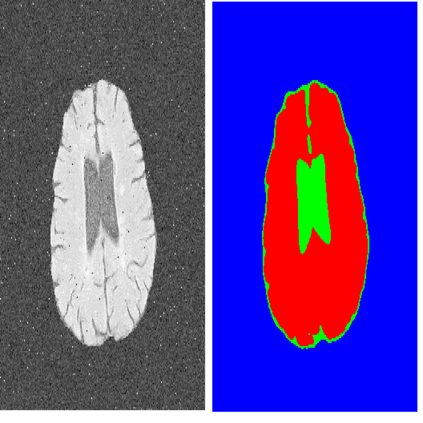Despite the considerable progress in automatic abdominal multi-organ segmentation from CT/MRI scans in recent years, a comprehensive evaluation of the models' capabilities is hampered by the lack of a large-scale benchmark from diverse clinical scenarios. Constraint by the high cost of collecting and labeling 3D medical data, most of the deep learning models to date are driven by datasets with a limited number of organs of interest or samples, which still limits the power of modern deep models and makes it difficult to provide a fully comprehensive and fair estimate of various methods. To mitigate the limitations, we present AMOS, a large-scale, diverse, clinical dataset for abdominal organ segmentation. AMOS provides 500 CT and 100 MRI scans collected from multi-center, multi-vendor, multi-modality, multi-phase, multi-disease patients, each with voxel-level annotations of 15 abdominal organs, providing challenging examples and test-bed for studying robust segmentation algorithms under diverse targets and scenarios. We further benchmark several state-of-the-art medical segmentation models to evaluate the status of the existing methods on this new challenging dataset. We have made our datasets, benchmark servers, and baselines publicly available, and hope to inspire future research. Information can be found at https://amos22.grand-challenge.org.
翻译:尽管近年来在CT/MRI扫描自动腹部多机部分方面取得了相当大的进展,但对模型能力的全面评价却因缺乏来自不同临床假设的大规模基准而受阻。由于收集和标注3D医疗数据的高昂成本,迄今为止,大部分深层学习模型都是由数据库驱动的,其中只有数量有限的感兴趣器官或样本,仍然限制了现代深层模型的力量,难以对各种方法作出全面、公正的估计。为了减轻这些局限性,我们为腹部器官分割提供了大规模、多样化的临床数据集。AMOS提供了500CT和100 MRI扫描,这些扫描来自多中心、多毒气、多模式、多阶段、多病病人,每个都配有15个腹部器官的沃克斯级说明,为研究不同目标和情景下的稳健的分解算提供了具有挑战性的实例和测试床。我们进一步为若干州级医疗分解模型设定基准,用于腹部器官分割。AMOS提供500CT和100 MRI扫描,收集了从多中心、多发、多发、多发、多发、多发病人收集的多发性病人收集的数据,每个都有15个恶性器官部分的病人,每个有福分解分解,每个有15个分解等级说明,提供具有挑战性的例子和试样的实例,为根据不同目标和假设,为研究的可靠分解算法和测试。我们现有的数据基准,可以评估现有基准数据。我们现有基准数据库数据库数据库数据库数据库。




